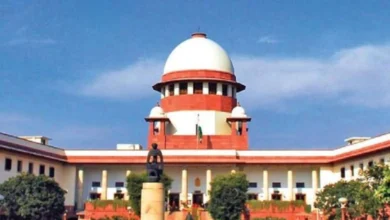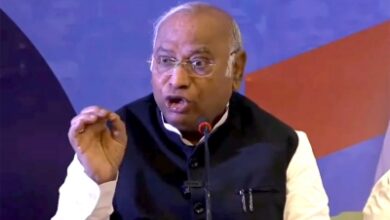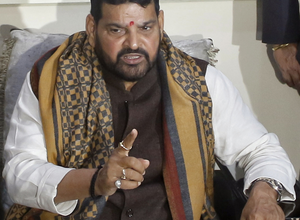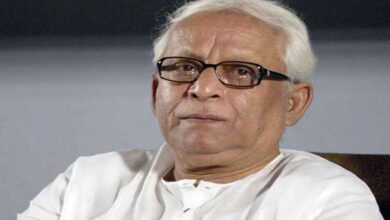Raja Parva or Mithuna Sankranti, Odisha Celebrates It As Festivities Of Womanhood
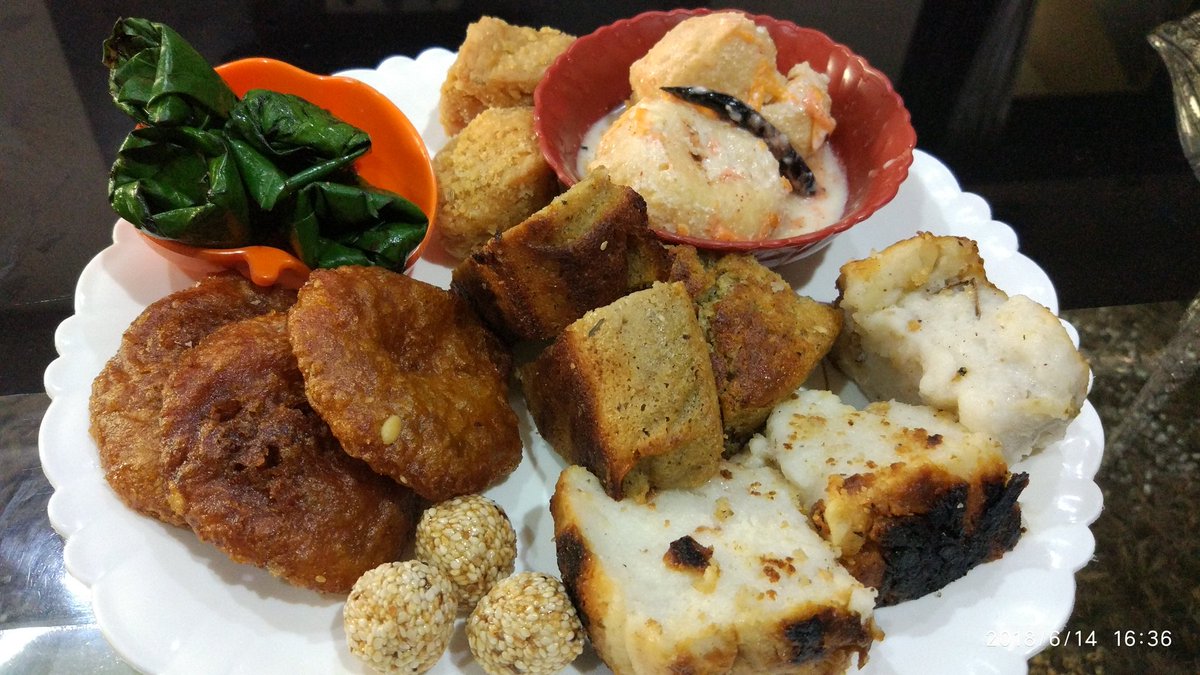
By D N Singh
Under mythological interpretations, there is a belief that, the festival of Raja festival originates from the belief that, on this day the Mother Goddess Earth under goes menstruation for three days.
The word Raja came from the Sanskrit, Rajas, signifying the womanhood in menstruation. Later dubbed the menstruating woman as, Rajaswala.

The three day long festival springs up a new spirit among the girls who add colour to the festivity with their day-special costumes, swinging to and fro in decorated swings normally hung from huge tree branches or high wooden frames.
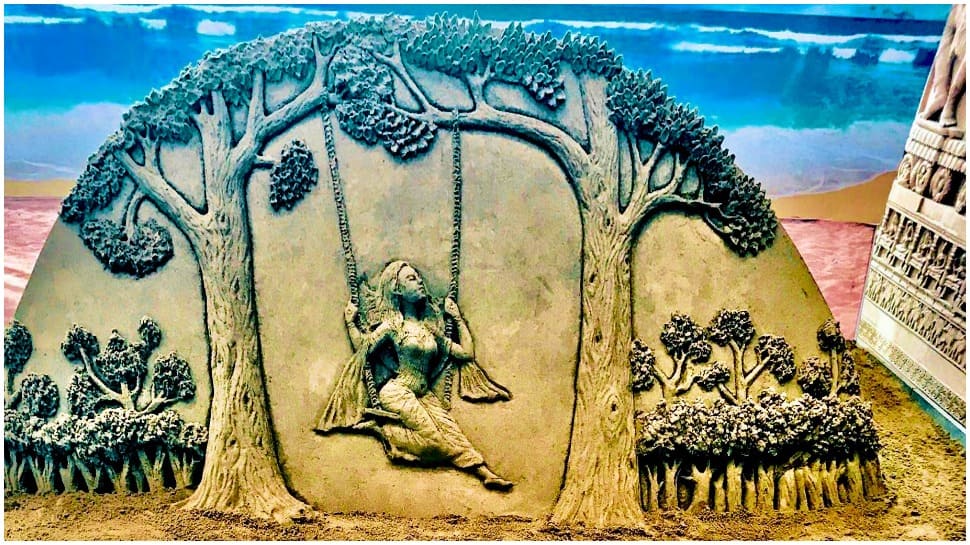
While taking the pleasure of the swing, there are some occasion-special folk songs the girls on the swings sing, resonating in the air in the villages and suburbs serenading an ethos to the occasion.
The girls celebrating the Raja festival or Mithuna Sankranti, could be seen moving from place to place to play on different swings.

In every house hold, the festival is celebrated with special traditional cuisines like ‘Peetha’ (a cake made from flour) and different sweets made at home.
However, with time changing and the lifestyle undergoing a sea change, the modes of celebrations have also changed.
In cities, it has become an events-centric festival where organisations working in the social sector or NGOs volunteer event at particular venues show casing all the aspects of the Raja festival.

Right from preparation of Raja specific dishes to erection of swings and the accompanying music. Even in villages, the mirth seem missing much after the advent of modernity and sadly, the rapid disappearance of trees’ clusters which used to create the real surrealism fit for this occasion.


